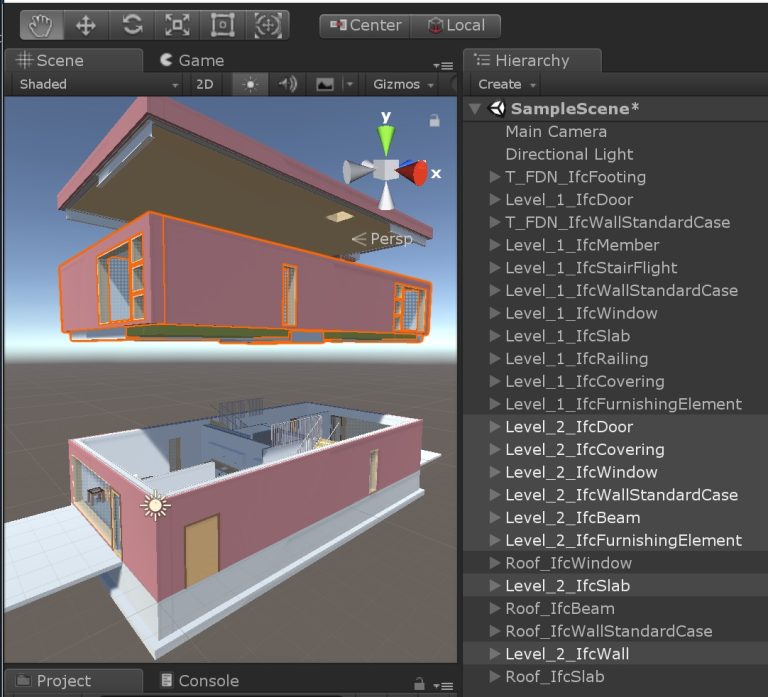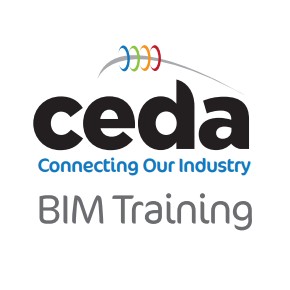In the past, if you wanted to buy or sell a property the only option was to go through a high-street estate agent. Sellers were willing to pay thousands for an agent to take control of the process and guide them through each step. Yet recently, new technology and a general shift to a do-it-yourself attitude has changed all that, with many people now turning to online agents to buy and sell property, drawn by the advantages of greater control and much lower costs. Online agents have expanded the range of services they provide, with the aim of adding a personal touch which many had criticised them for lacking. But why are some people still reluctant to make the switch from the high-street to the internet? The biggest selling point of online agents compared to high-street agents is the lower price point. High street agents tend to work on commission with an average of 2% of the sale, so for example, that’s the equivalent of £8,000 on a £400,000 property. In contrast, online agents have a fixed fee, usually around £300, sometimes going a little above this depending on the package. Popular online agents include eMoov, who charge £395 and My Online Estate Agent, who charge £325. Online agents also tend to be more flexible with payments, often having an option to pay a small amount upfront and the balance on completion. What’s interesting here is that despite the great difference in price, online and high-street agents use the same marketing tools. Zoopla, Rightmove and other property portals are favourites with several of the top high-street and online agents. Serious buyers will be checking these same websites regardless of whether the advert came from a high street or online agent. Ultimately, this shows online agencies offer the same ability to reach thousands of potential buyers but in a much cheaper way. So, you may be wondering, what’s the catch? Well, many people highly value face-to-face interaction when making large transactions (often the largest they will ever be personally involved in). Sellers value building rapport with agents, making them feel like the agent fully understands the qualities of their property and unique circumstances. High-street agents take full control of all processes from conducting viewings, carrying out negotiations and monitoring the sales process. A lot of the lower-priced online agents don’t offer these services and many people are uncomfortable with doing these themselves. Another distinction between the services offered is the connection that high-street agents have with the local market, which online agents lack. Local knowledge is, arguably, one of the greatest advantages of a traditional high street estate agent. High-street agents will know what sells in your area, what the pricing should be, and may know potential buyers looking for your property. The reality is that some people find it too risky to conduct the biggest financial transaction of their lives online without consulting an experienced professional, even if it means saving money. Purplebricks was one of the first online agents to successfully realise that for online agents to truly succeed, a face-to-face, local element needed to be added. Purplebricks provide a network of TrustPilot-rated local experts to offer advice, liaise on offers and conduct viewings (for an extra flat fee of £300) and several other online agents such as YOPA and Easyproperty have added this element to their online platform. This has meant that services traditionally only delivered by high-street agents are now accessible via an online platform and you can save a lot of money while not losing that personal touch. Buying and selling a property can get quite complicated, particularly if you don’t choose the right agent to guide you through the process (or even go it alone online!) and the same applies to managing a rental property. Like buying and selling a property, the process of property management has been transformed by the internet, simplifying what was once complicated. Using the right property management tool could make your life easier and save you a lot of time and money. Luckily there are a range of cloud-based property management software providers that offer great tools at a great price. Platforms such as Arthur Online provide new cloud-based technology, enabling property managers to respond instantly and solve problems fast from anywhere in the world, be it with tenants, contractors, property owners or letting agents. Processes are simplified into one single platform, with a suite of apps available to use at any time of the day. Arthur Online also provides an important personal touch, with excellent customer support to help you at any time. Marc Trup is the Founder and CEO of Arthur Online After selling his business to BUPA in 1998, Marc started investing in rental properties in London. Over the next 15 years Marc grew his portfolio to over 85 properties. While successful, self-managing his portfolio became increasingly difficult. With technological advances and greater connectivity, he assumed there was software available that would allow him to manage his business from his smart phone, while sipping espresso at the local coffee shop. Following a long search, he found that nothing quite cut the mustard. So being an entrepreneur, he started Arthur Online to make not only his life easier, but also that of other property managers. Arthur Online is a cloud-based platform that enables property managers to respond instantly and solve problems fast from anywhere in the world, be it with tenants, contractors, property owners or letting agents. Since launching in 2015, it has helped thousands of property managers like Marc run their portfolios in the cheapest, most efficient way possible by using the full potential of new technology and cloud computing. Start your free trial today by going to www.arthuronline.co.uk












